Table of Contents
Serrano chiles are long, slender peppers typically 3-6 inches in length with smooth, glossy skin. When unripe, they're bright green; as they mature, they turn yellow, orange, or red. They're thinner and longer than jalapeños, with a tapered tip and consistent width along the body. These peppers are a staple in Mexican cuisine for their fresh, spicy flavor.
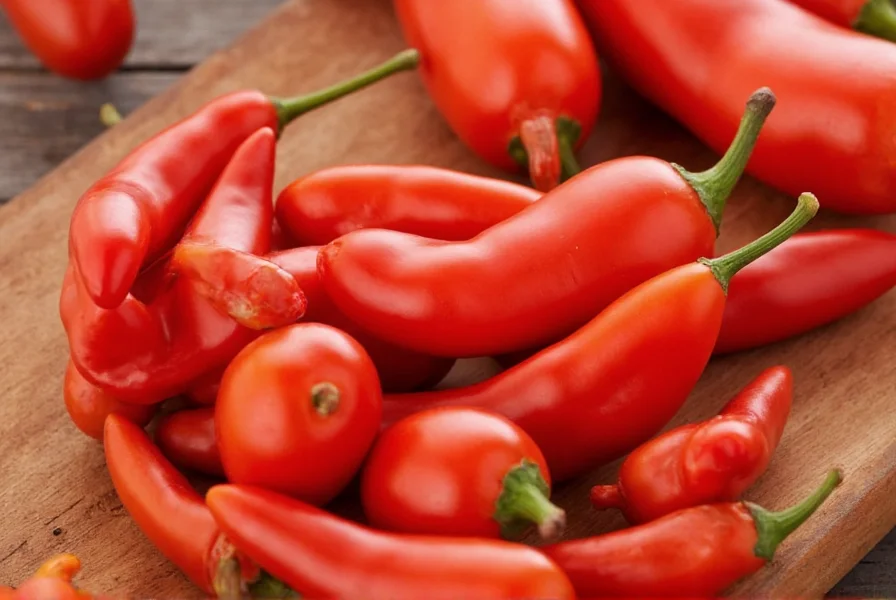
What Do Serrano Chiles Look Like?
Serrano chiles are characterized by their distinctive shape and color progression. On average, they measure 3 to 6 inches long with a consistent cylindrical shape that tapers slightly at the tip. Unlike jalapeños, which often have a slight bulge, serranos maintain uniform width throughout their length. Their skin is smooth and glossy, with no wrinkles or blemishes when fresh.
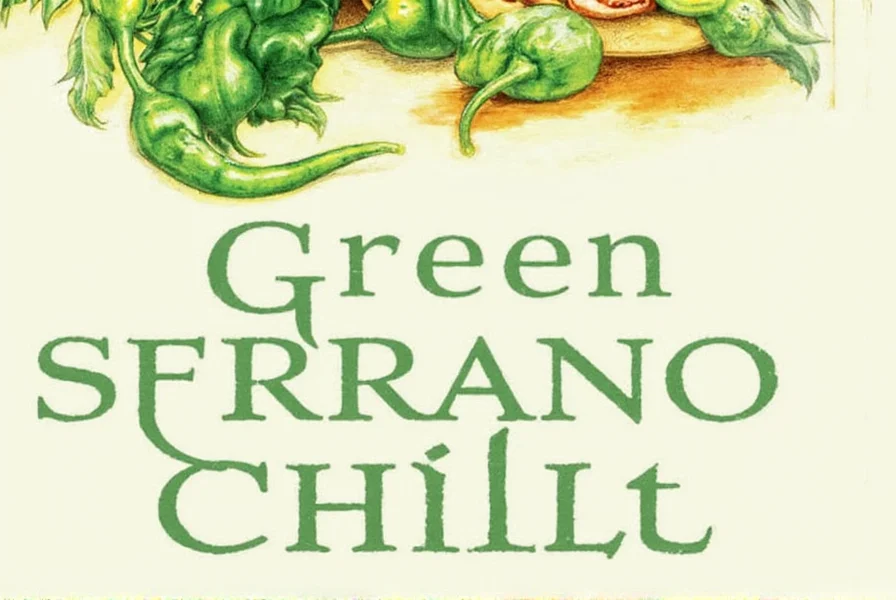
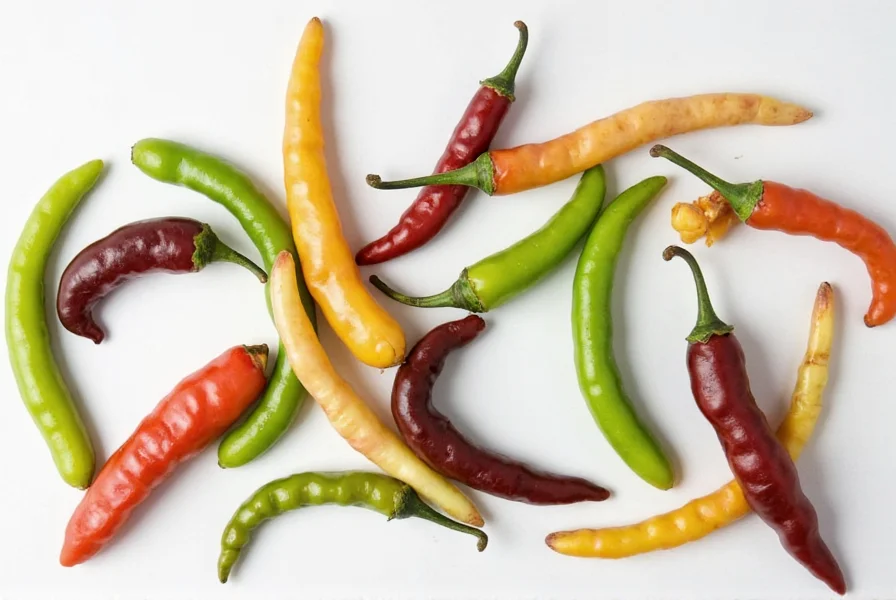
How to Identify Serrano Chiles
- Shape and Size: 3-6 inches long, cylindrical shape with tapered tip, no bulges
- Color: Bright green when unripe; matures to yellow, orange, or deep red
- Texture: Firm, smooth, glossy skin with no wrinkles or soft spots
- Heat Level: Medium to hot (10,000-23,000 Scoville units)
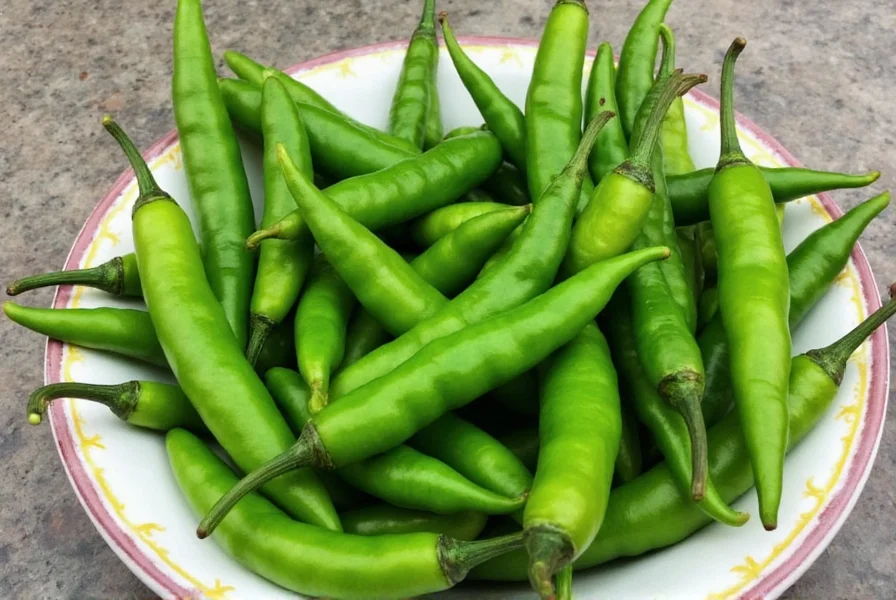
| Chile Type | Length | Color (Unripe) | Heat Level | Common Uses |
|---|---|---|---|---|
| Serrano | 3-6 inches | Green | Medium to Hot | Salsa, guacamole, tacos |
| Jalapeño | 2-4 inches | Green | Mild to Medium | Quesadillas, pickling, salsa |
| Poblano | 3-5 inches | Dark Green | Mild | Stuffed peppers, enchiladas |
| Habanero | 2-4 inches | Green | Very Hot | Hot sauces, marinades |
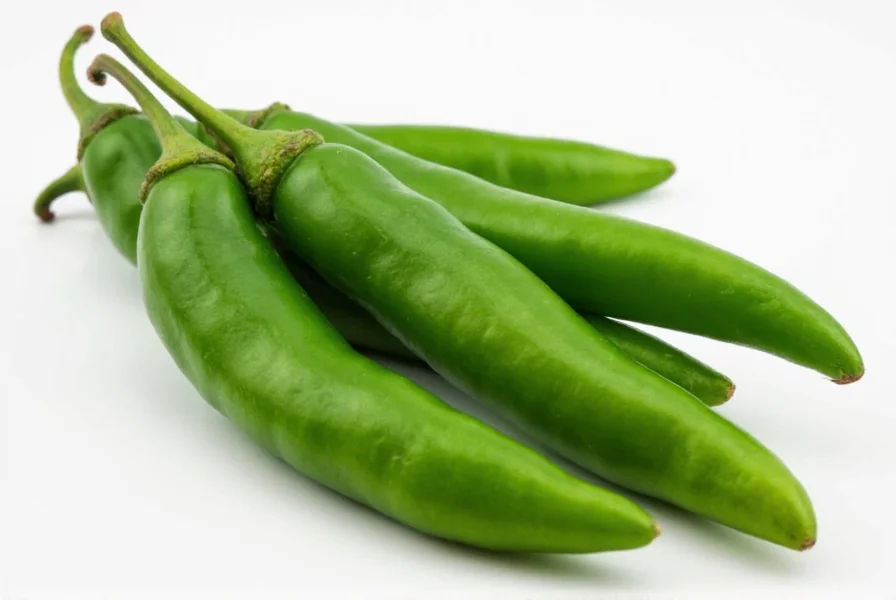
Cooking with Serrano Chiles
- Raw: Perfect for fresh salsas, guacamole, and taco toppings
- Cooked: Roast or grill to enhance sweetness and depth of flavor
- Dried: Use for powders or rehydrate in stews and soups
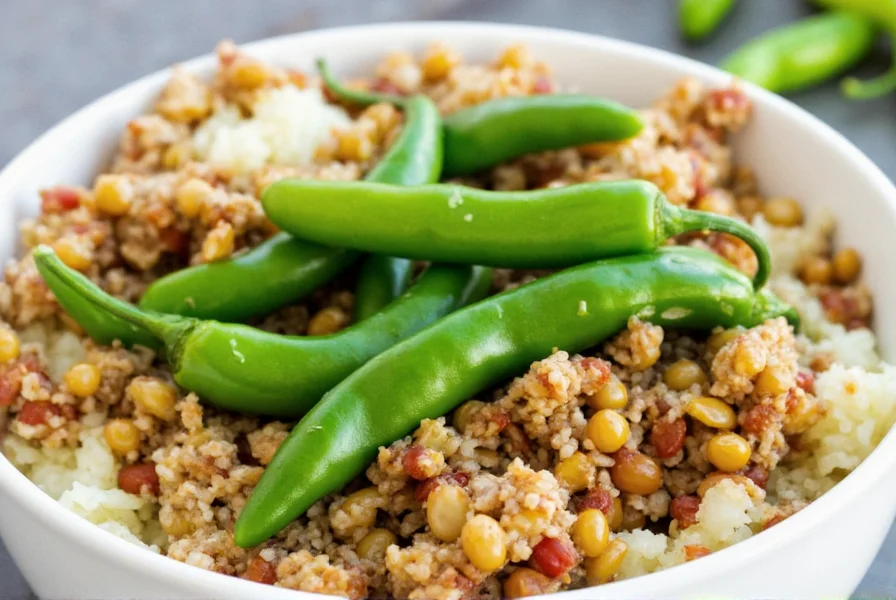
Buying Guide for Serrano Chiles
Features
- Firm and Crisp: No soft spots or wrinkles
- Bright Color: Vibrant green without discoloration
- Smooth Skin: No blemishes, cracks, or dry patches
Use Cases
- Salsa: Ideal for fresh, spicy salsas
- Guacamole: Adds perfect heat to this classic dip
- Tacos: Excellent for toppings or fillings
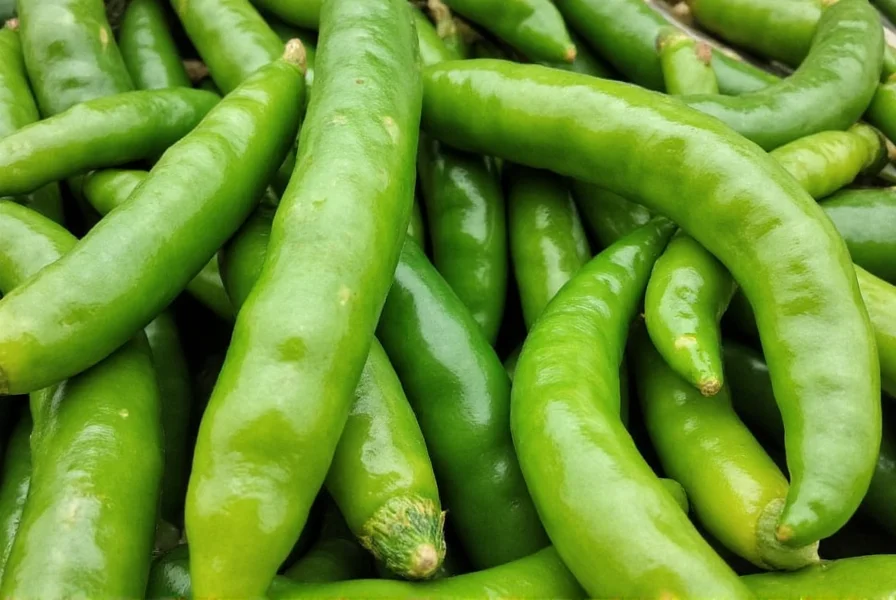
Conclusion
Serrano chiles are easily recognizable by their slender shape, smooth texture, and vibrant color progression. Whether you're a home cook or professional chef, knowing how to identify these peppers ensures you select the perfect ingredient for your dishes. Their versatility makes them a must-have in any kitchen that enjoys authentic Mexican flavors.
Frequently Asked Questions (FAQs)
What do serrano chiles look like?
Serrano chiles are long, slender peppers typically 3 to 6 inches in length with smooth, glossy skin. They're bright green when unripe and turn yellow, orange, or red as they mature. They're noticeably thinner and longer than jalapeños with a tapered tip and consistent width along the body.
How can you visually distinguish serrano chiles from jalapeños?
Serrano chiles are longer (3-6 inches vs. 2-4 inches) and thinner than jalapeños. They have a more consistent cylindrical shape without the slight bulge jalapeños often develop. Serranos also feature smoother, shinier skin compared to jalapeños' slightly wrinkled texture when mature.
Do serrano chiles change appearance as they ripen?
Yes, serrano chiles transform from bright green when unripe to vibrant yellow, orange, or deep red when fully mature. The skin remains smooth and glossy throughout ripening, but red serranos often develop slightly darker striations. Ripe serranos typically have more intense heat and fruitier flavor.
What should fresh serrano chiles feel like to the touch?
Fresh serrano chiles should feel firm and crisp with taut, unwrinkled skin. They should be heavy for their size with no soft spots, blemishes, or dry patches. Avoid chiles that feel lightweight (indicating dryness) or have visible shriveling, which suggests age or improper storage.

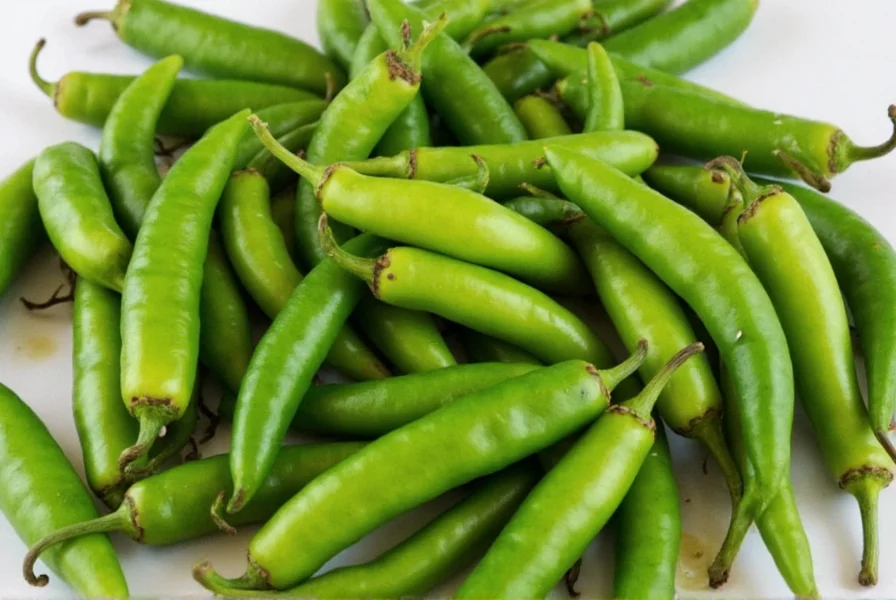









 浙公网安备
33010002000092号
浙公网安备
33010002000092号 浙B2-20120091-4
浙B2-20120091-4